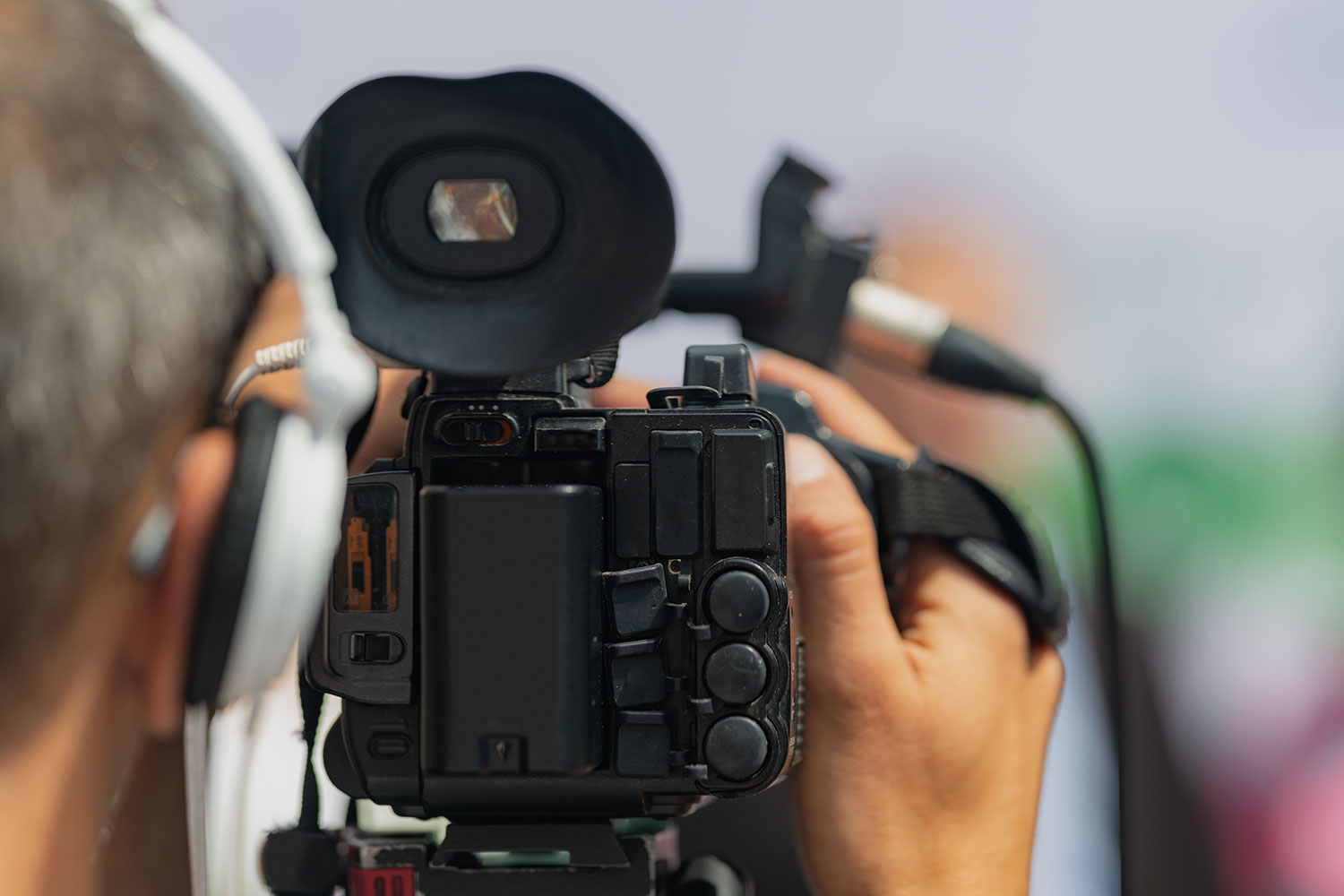Choosing the Right Legal Videography Group for Your Case
Wiki Article
Discovering the Objective and Influence of Legal Videography in the Lawful Area
Lawful videography has ended up being an important device in the legal area, changing the means evidence is provided and maintained. As we browse with the complex internet of laws and honest considerations bordering lawful videography, a clearer picture emerges of its potential to shape the future of the legal landscape.Background of Lawful Videography
The advancement of legal videography can be traced back to the early days of courtroom technology integration. As courts began to recognize the worth of aesthetic evidence presentation, the use of videography in lawful process gained grip. In the 1980s, the introduction of analog video clip cameras marked a substantial milestone in the history of legal videography. These electronic cameras enabled the recording of depositions, witness testimonies, and court proceedings, giving a visual document that complemented standard written transcripts.With the improvement of innovation, the shift from analog to electronic video videotaping further changed the field of lawful videography. Digital cameras used greater top quality recordings, much easier modifying capabilities, and boosted storage space alternatives. This shift not just enhanced the quality and accuracy of visual proof yet also streamlined the presentation of complex information in court rooms.
Today, lawful videography plays a critical function in the legal field, offering attorneys an effective tool for presenting proof, capturing testaments, and developing compelling aesthetic narratives to support their instances. The evolution of legal videography continues to form the way lawyers approach lawsuits and advocacy.
Benefits of Lawful Videography

In addition, lawful videography enables the conservation of witness statement in a authentic and powerful manner. By capturing the temperament and demeanor of witnesses during their statements, lawyers can much better assess the reputation of their statements and potentially reveal falsehoods or variances. This can be specifically useful during interrogation and in presenting proof to sustain or shoot down vital arguments in a situation.
Additionally, legal videography offers the advantage of creating a permanent document that can be taken another look at and evaluated at any time. Attorneys can evaluate video footage to recognize vital details, prepare for upcoming court process, or strengthen their strategies for trial. This ability to take another look at and study visual proof can give lawyers with a strategic advantage in developing a robust case.
Methods for Effective Lawful Videography
Including effective strategies in lawful videography is crucial for optimizing the impact of visual evidence and boosting the credibility of witness statements in legal proceedings. One crucial method is ensuring appropriate lights to record facial expressions and clear pictures. Natural light or strategically put artificial lighting can substantially improve the top quality of the video. In addition, making use of top quality sound equipment is vital to record sound precisely, ensuring that all verbal interaction is caught noticeably. Framework plays a key duty in legal videography; it is vital to frame shots appropriately to concentrate on the appropriate aspects while minimizing interruptions. Smooth camera motions and stable shots are view it needed to stop aesthetic disruptions that can interfere with the content. Using numerous video camera angles can offer thorough insurance coverage of the scene, capturing various perspectives concurrently. Lastly, post-production editing and enhancing should be performed diligently to provide a polished last item that properly communicates the designated message in a specialist manner.Lawful Videography in Courtroom Settings

In court room settings, legal videographers need to adhere to strict guidelines to maintain the integrity of the legal procedure. They should go right here be discreet to prevent disrupting procedures while also being alert in capturing vital information. The video videotaped by lawful videographers works as an important resource for lawyers, judges, and juries, providing an aesthetic document that can be referenced during instance preparation, appeals, or testimonials.

Moral Factors To Consider in Legal Videography
Values function as a foundational structure directing the method of legal videography, making certain integrity and impartiality in catching and maintaining lawful proceedings. Lawful videographers must abide by rigorous honest criteria to maintain the reliability and integrity of their job. One crucial honest factor to consider is acquiring informed authorization from all events entailed prior to tape-recording any kind of lawful procedures. This ensures that people recognize being tape-recorded and have the chance to express any kind of concerns or arguments.
Confidentiality is another paramount honest factor to consider in lawful videography - LEGAL VIDEOGRAPHY. Videographers must handle all taped footage with miraculous care to safeguard sensitive info and preserve the privacy legal rights of those associated with the legal process. Additionally, preserving objectivity and nonpartisanship throughout the recording procedure is vital to prevent prejudice and make sure an accurate depiction of the events
Verdict
To conclude, legal videography has actually become a necessary tool in the lawful field, providing a visual document of events and enhancing the discussion of proof in court rooms. By recording statements, demos, and scenes, legal videographers play a critical function in ensuring a fair and clear legal process. With proper methods and honest considerations, lawful videography proceeds to have a substantial influence on the legal occupation, forming the means info is caught and offered in lawful process.Legal videography has ended up being an essential device in the lawful field, transforming the means proof is offered and protected.Including efficient techniques in legal videography is important for making the most of the impact of aesthetic proof and boosting the credibility of witness testimonies in legal process.Principles offer as a fundamental structure directing the method of legal videography, ensuring honesty and impartiality in capturing and protecting lawful procedures.In conclusion, legal videography has actually come to be a crucial tool in the legal field, supplying a visual record of events and enhancing the discussion of proof in court rooms. With proper strategies and honest factors to consider, legal advice videography proceeds to have a significant effect on the legal occupation, shaping the means details is caught and provided in legal process.
Report this wiki page